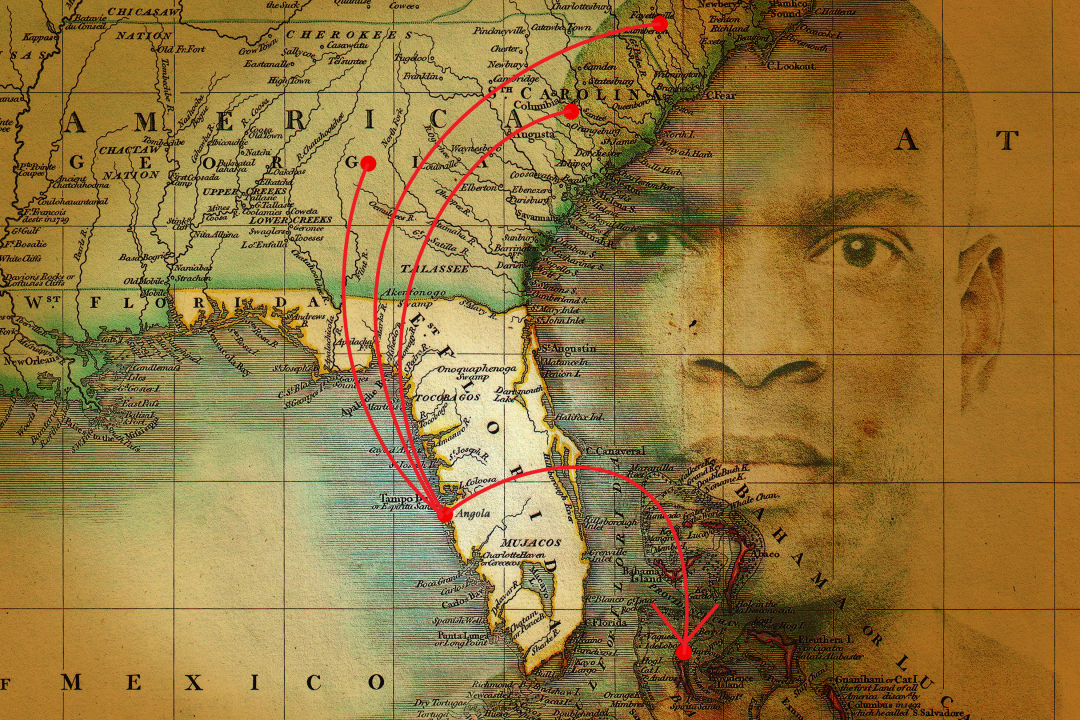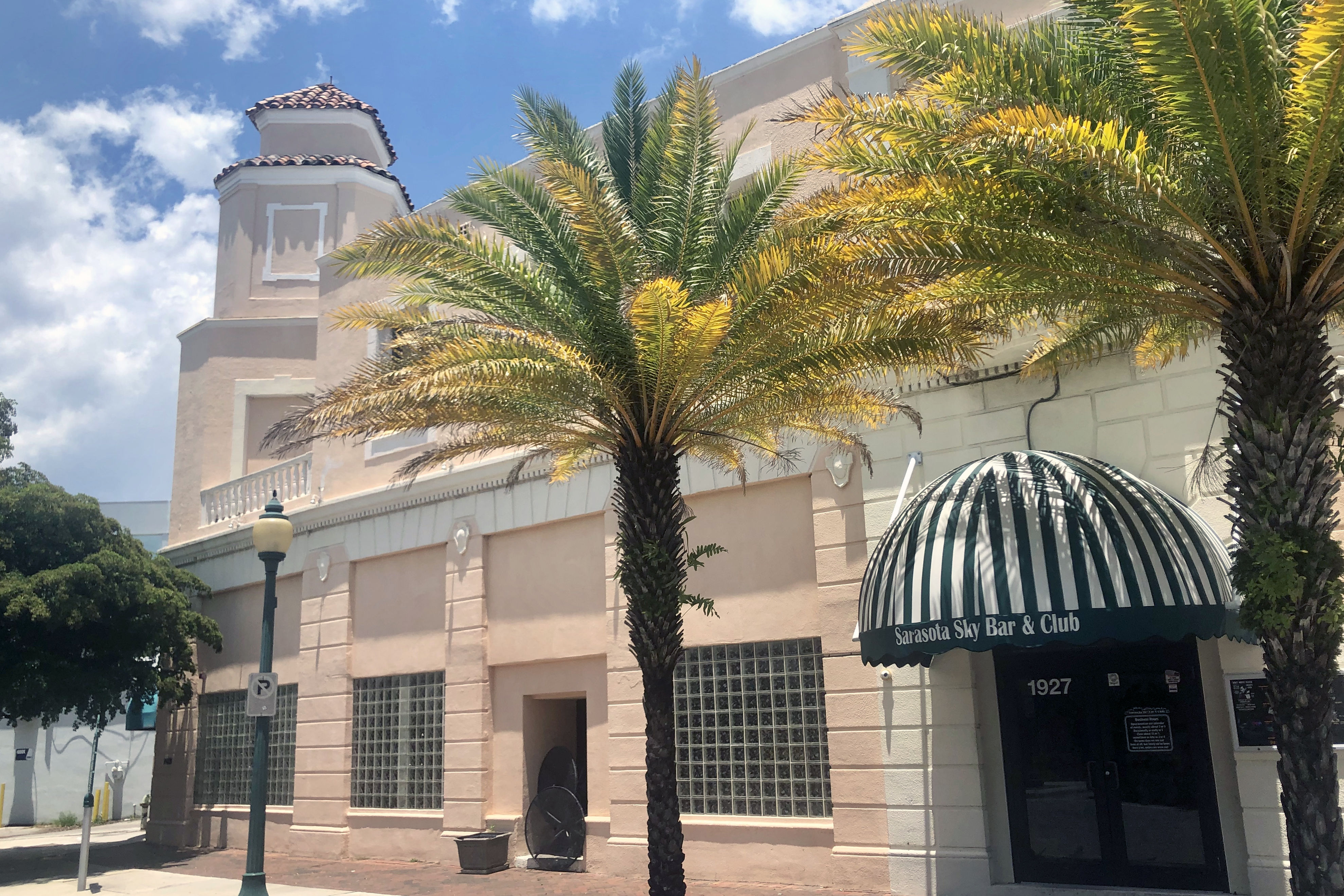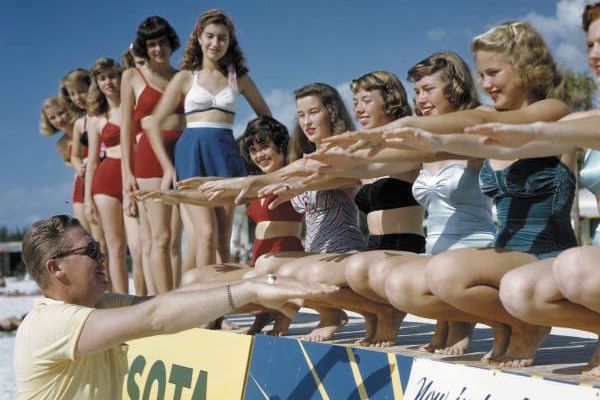The 'Back to Angola' Festival Returns This Weekend

The path of freedom that took the people of Angola from the slavery of the north all the way to the freedom of the Bahamas.
From Friday, Oct. 21, through Sunday, Oct. 23, along the Manatee River in east Bradenton, the third annual Back to Angola Festival—which commemorates Florida’s long history with the pursuit of freedom—returns after a two-year hiatus.
The free event will be at Manatee Mineral Springs Park, where the remnants of an escaped slave community, better known as Angola, were recently discovered. Angola is a story of struggle and resourcefulness, tragedy and triumph, and ultimately of freedom. It's considered one of the most significant historical sites in Florida by historians.
This history remained hidden underground for nearly 200 years until the efforts of a handful of local individuals worked together to bring the story out of the earth and into the sunlight. In the early 2000s, Vickie Oldham, a Newtown native and community scholar, started an outreach program after reading historian Canter Brown Jr.’s book, Florida’s Peace River Frontier, which mentioned evidence of a maroon community existing along the Manatee River. In 2004, she got in touch with Uzi Baram, a New College of Florida anthropology professor and director of the college's Public Archaeology Lab.
“The research team faced a heck of a task,” Baram says. Because no one knew exactly where the maroon community lived, it was unclear where they should start digging. That is, until Jeff and Trudy Williams, co-founders of the nonprofit Reflections of Manatee, suggested Baram dig at the Manatee Mineral Springs site. The stars aligned further when, in 2009, Witten Technologies, a radar tomography company, donated its equipment to Baram to find specific places to excavate.
With the help of volunteers, a cylinder of white clay no bigger than a cigarette butt was found under three feet of dirt at the site. It turned out to be the fragments of a British clay pipe. Over the years, more archeological objects were discovered and it was confirmed—Angola had been found.
Who were the people of Angola? Often referred to as “Black Seminoles,” the 600-750 people who made up the community were the descendants of free Blacks and escaped enslaved people. They made their way to Florida from Georgia and the Carolinas in the early 19th century. At the time, Florida was under Spanish control and was a sanctuary for Black people escaping British and American slavery.
For almost a decade, the people of Angola cleared the land, built infrastructure and created their own subsistence farms. But when word of the thriving Black community reached American leaders in 1821, destruction soon followed. President Andrew Jackson, who at the time was a general in the United States Army, directed Creek Indians under his control to burn Angola to the ground. The survivors scattered across the peninsula. Some were captured, others found smaller maroon communities in Florida. But many also made their way south and, eventually, sailed across the ocean and settled in the Bahamas, where they became free British subjects.
At the Back to Angola Festival, organizer Daphney Towns wants to commemorate this history and the connection our area has with the nation of the Bahamas. “The history of slavery in Florida is not taught in our schools,” Towns says. “We want to keep it alive. If our generation doesn’t bring this story to light, the next generation won’t know about it at all.”
Towns believes that the best way to tell Black people about their history is through music and culture. “The story of Angola was put in print,” she said, “but nobody was reading it. What you have to realize is that the history of all Black people must be brought to light by other Black people, or else they really don’t care.”
The festival, which starts at 4 p.m. this Friday, promises lots of music and cultural events. Not only will there be Bahamian musicians and food, but demonstrations on basket weaving, wood carving and costume making.
“The only way I know to wake up peoples’ soul is with music,” Towns says. “It reminds us of who we are and who we used to be.”
The third annual Back to Angola Festival runs Oct. 21-23 at Manatee Mineral Springs Park, 1312 Second Ave. E., Bradenton,. Admission is free. Find events and hours here. For more information, contact Daphney Towns, Back to Angola Festival Director at [email protected], or 941-933-0430



